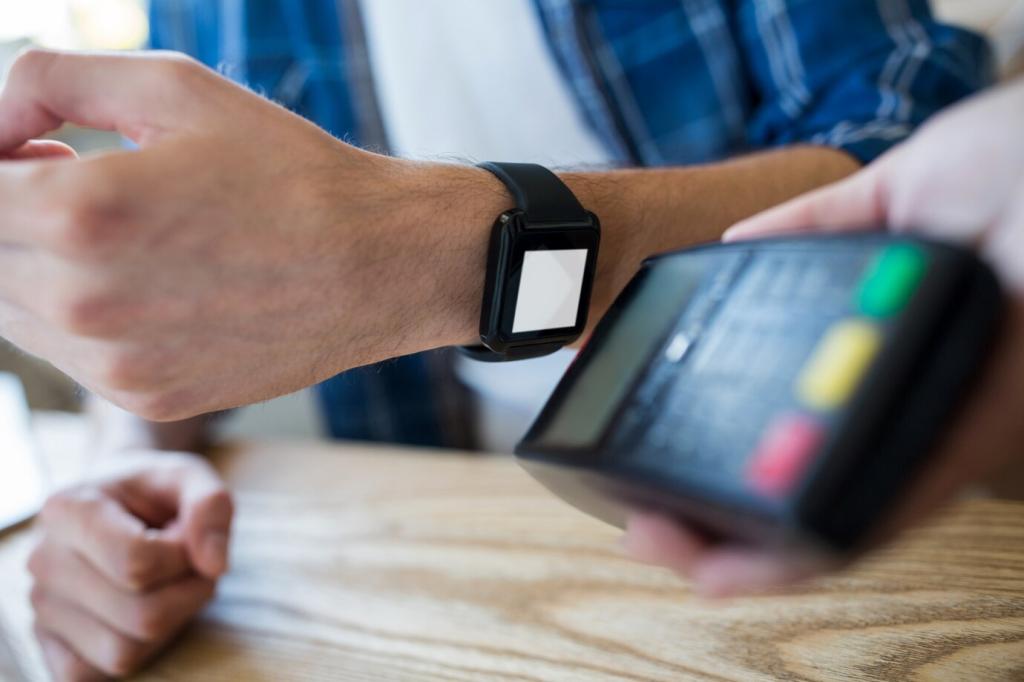Designing for Glanceability and Tiny Interactions
Optimize for single-action flows: tiles, complications, and concise notifications that inform without forcing navigation. Prioritize typography, contrast, and tap targets suited for moving wrists. Use progressive disclosure—show essentials first, then deeper controls. Align with platform patterns so users instantly understand gestures, swipes, and the back behavior.
Designing for Glanceability and Tiny Interactions
Design for larger text, high-contrast themes, and haptic confirmations. Support VoiceOver and TalkBack, avoid text-only color cues, and provide redundant signals through vibration and icons. On-device settings may enlarge fonts unpredictably—build responsive layouts that gracefully adapt. Share your favorite accessibility wins; we’ll feature the smartest approaches.


